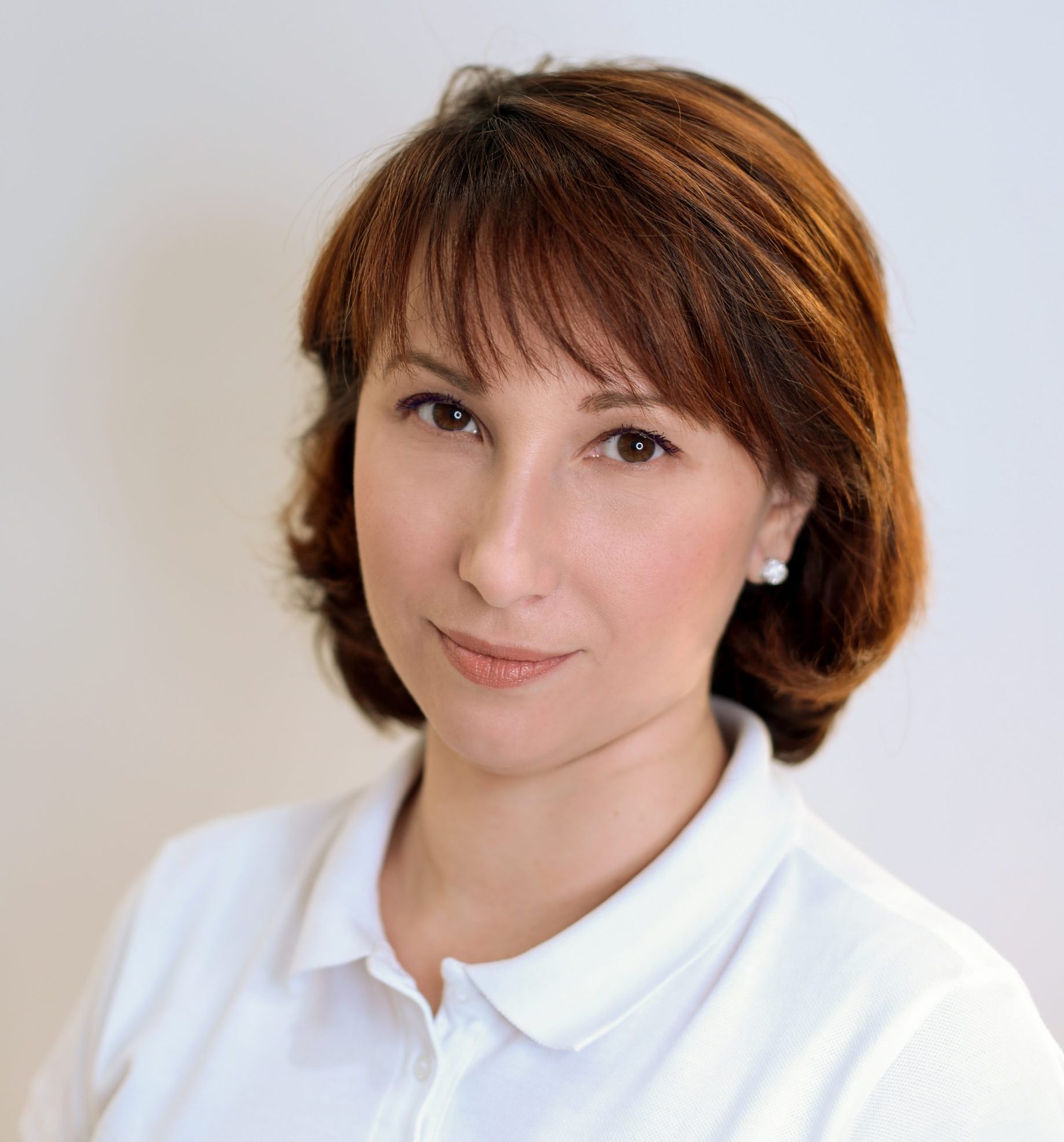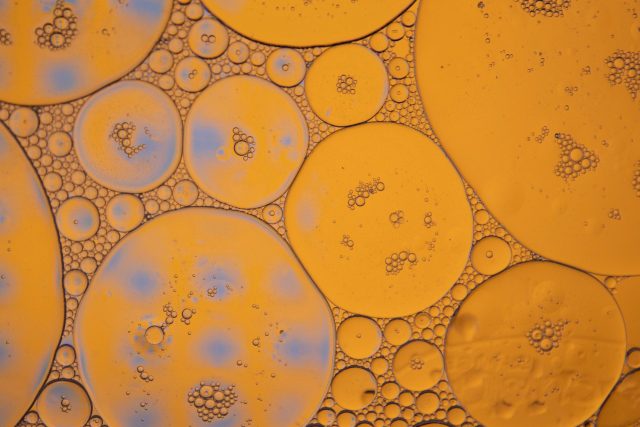
Chemical peeling is considered one of the most popular procedures among clients of all ages. It can help with pigmentation, dry skin, acne and rosacea problems. The important thing is to choose the right type of peeling. Leading cosmetologist of the White Fox chain of beauty salons, Yulia Rubina, talked about what you need to know about the procedure and who it is suitable for.

Yulia Rubina, leading beautician of the White Fox beauty salon network
What is chemical facial peeling?
This is a procedure for removing the surface layers of the skin using special solutions and acids. Acids ensure even exfoliation of several layers of dead cells, which promotes skin regeneration, stimulating collagen synthesis and leading to the formation of new cells.
Types of chemical peels

First of all, chemical peels are generally divided according to the depth of the blow. This classification includes three types:
— Surface. It affects only the upper layer of the skin – the epidermis. It is used to correct minor defects.
— Median. It can penetrate the epidermis and dermis. Therefore, they cope well with age-related changes, hyperpigmentation and wrinkles.
— Deep. It exfoliates the epidermis, affects the basement membrane and is performed only in a hospital. Indications for this include scars and visible age-related changes.
The effect of peeling depends not only on its type, but also on the type of acids used in it.
What problems does chemical peeling solve?
The main effects after peeling include:

— Natural skin brightness and moisturization. As we get older, the division of cells in the upper layers of the skin slows down, causing our face to look tired. Peeling, or rather the ingredients it contains, causes skin cells to divide faster. Hence the effect of skin glowing from within.
— Filling small wrinkles. Peeling stimulates natural collagen production. In this way, the skin becomes more elastic and younger.
— Reducing post-acne scars and equalizing skin tone.
By the way, many modern peelings are comparable in their effects to biorevitalization – a procedure for intradermal injection of hyaluronic acid.
How often can you do chemical peeling?
Peels are usually done in courses. And courses may vary depending on the manufacturer’s recommendations. They may last 4-6 procedures or 7-10 procedures. It is usually done every 7-10 days, but in some cases (for example, in medium-sized peels) it is done every two to three weeks.
What is the recovery period after the procedure?

It is not a coincidence that peelings are recommended to be done in the autumn-winter period. In this period, when solar activity in our latitudes is at a minimum level, the rehabilitation period is also shortened. In addition, there is currently almost no risk of side effects in the form of pigmentation. However, there are now peels that can be used all year round, provided that SPF protection is used.
The rehabilitation period may proceed differently for each person. Typically this is peeling and redness of the skin that lasts one to three days.
What are the indications for chemical peeling?
Indications for chemical peeling are quite wide:
– Enlarged pores;
– Rashes;
– Gray skin;
– Hyperpigmentation;
— Age-related changes;
– Spider veins;
— Loss of skin elasticity;
– Dry skin;
– Uneven skin tone.
What are the contraindications of chemical peeling?

— Pregnancy and breastfeeding period;
— “Manifestation of Rosacea” (splash of the vascular network throughout the face);
— Taking medications that increase the body’s sensitivity to the sun;
– Oncological diseases;
— All kinds of acute diseases and infections.
In all these cases, no action can be taken since it is not known how the skin will react during this period. The effect of peeling may be more aggressive than the normal situation, but we cannot predict this.
Does it need to be done in courses or is it a one-time process?
Yes, in most cases, peeling is required in courses, but there are also those who “position” themselves as “exit procedures”. They can be used even once.
Which peeling is suitable for which skin type?
This topic requires a separate article, because now there are many different compositions for peeling. Often the same peel can be suitable for different skin types, you just need to endure it for a different amount of time. That is why you should always listen to experts not only when choosing compositions, but also when choosing products for post-procedure rehabilitation, because they help our skin cells recover and regenerate faster.
Source: People Talk
I’m Roger Gritton, and I’ve been writing for the The Fashion Vibes for over 5 years now. My specialty is beauty news; I’m passionate about covering the latest trends, products, and innovations in the industry. In my time there, I’ve become known as an authority on all things beauty-related.
I love discovering new experts to interview, researching up-and-coming ingredients and techniques that are making their way onto our beauty shelves and highlighting people who are making a difference in the world of cosmetics. My work has appeared not only on The Fashion Vibes, but also several other publications including the New York Times Magazine, Allure Magazine and Refinery29.





